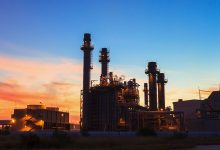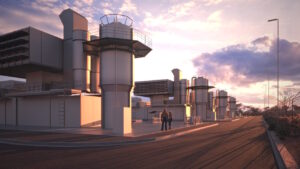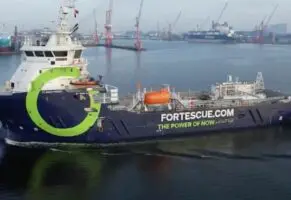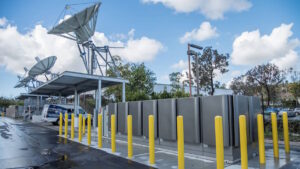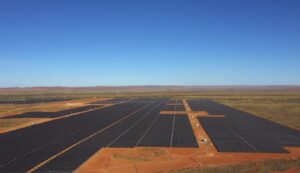Is it possible to have your cake and eat it too?
Federal Labor is certainly giving it a go by supporting government plans for a fossil gas/diesel peaking plant in the Hunter Valley currently under construction – as long as the plant switches to green hydrogen by 2030.
This is disappointing for three reasons.
One, we don’t actually need the Kurri Kurri power station. It will be a government-built white elephant.
Two, retrofitting it to burn hydrogen would be so expensive as to be unrealistic.
And three, burning hydrogen for power is about the least useful thing you can do with it.
The gas/diesel plant under construction and Labor’s hydrogen proposal came from the realm of politics. It should have stayed there.
Why did Labor switch its position?
Labor has long been split on the Kurri Kurri power station, which has been touted as a way to augment dispatchable generation. At first, Labor denounced the Morrison government’s plans, with climate change spokesman Chris Bowen describing it as a “cynical attempt to pick a fight on gas and continue the climate wars, or to reward the major Liberal donor who owns the Kurri Kurri site”.
Now they say it will create jobs and help provide reliable and affordable electricity.
As a nod to climate change action, Labor leader Anthony Albanese and climate spokesman Chris Bowen announced the switch with the caveat that Kurri Kurri will use green hydrogen to power 30% of its production when the plant enters service in 2023 and 100% by 2030. Labor says it is prepared to spend up to another $700 million on the plant.
It has been widely suggested the proposed plant is the government’s way to take advantage of Labor’s internal divide.
When the plant was first proposed for the small town 35 km inland from Newcastle, Energy Security Board chair Kerry Schott questioned its viability. “Nobody is going to build it from the private sector because it doesn’t stack up,” she said.
She’s right. It didn’t stack up then and doesn’t stack up now, regardless of how it’s powered.
The power plant no one needs
When my colleagues and I took a deep dive into this proposed power station, we found there was no need for it until at least 2030. That’s the best case. But as time goes by it is increasingly unlikely it will ever be needed as much cheaper and more efficient alternatives including batteries come to meet the increasing demand for stored energy.
That’s to say nothing of the fact the initial proposal would only have had enough gas stored to run for six hours and then take a day to recharge. Snowy Hydro has since upped these plans to 10 hours of storage.
And Snowy Hydro’s price tag of $600 million? Fiddlesticks. It will cost vastly more. We estimate well over $1bn when costs of the pipelines, storage and other infrastructure are included, even without hydrogen. As a result, there is no way Kurri Kurri would attract enough income to recover its costs. It’s hardly surprising private investors are steering clear. Why bankroll a dud?
But isn’t it good to make gas plants greener?
You can add up to 10% of hydrogen to conventional gas fired turbines without trouble. And you can use hydrogen as the primary fuel in turbine-based power plants, as South Korea has done using hydrogen produced as a by-product in the process of refining oil.
The problem is the two Kurri Kurri turbines ordered by the government can run on a maximum of 15% hydrogen. Snowy Hydro suggests the turbines could be extended to a maximum 30% hydrogen mix, with changes to the internal equipment and piping. But the gas lateral pipeline/storage system is only being constructed to accommodate a 10% mix, and would need to be completely rebuilt to transmit a higher blend.
In short, converting Kurri Kurri to hydrogen means completely rebuilding the plant and its pipeline and storage infrastructure. These are not minor changes.
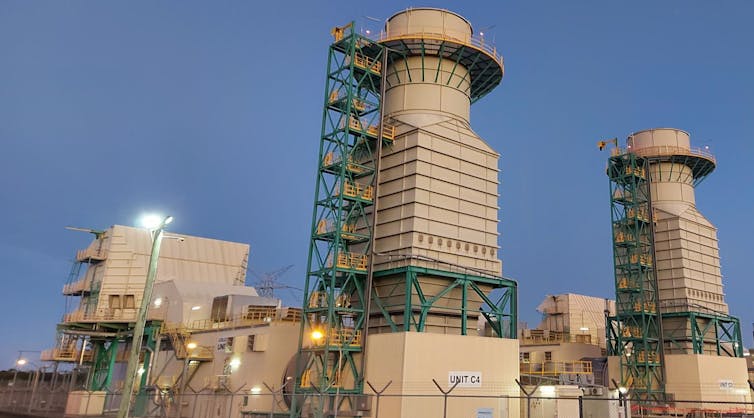
Let’s imagine Labor is elected and proves determined to press ahead with these plans. Where, exactly, will they get the green hydrogen from and how will it be stored to run the plant? At present, the world has no large scale source of climate-safe hydrogen produced from water. While there is a great deal of interest in large scale electrolysis – the process where we split water to get hydrogen and oxygen – there is a long road ahead.
Let’s not waste time on distractions
Is that the end of the issues plaguing this plant? Nope. Even if we get to the point where green hydrogen is plentiful, burning it in a combustion turbine is one of the most wasteful ways to use it.
That’s because combustion turbines are very inefficient ways to produce electricity. They waste half the energy they consume in the form of heat vented to the atmosphere. That alone makes the use of hydrogen in turbines uneconomic.
In fact, we doubt hydrogen will ever be used in combustion turbines to produce electricity. There is absolutely no need to bother doing so, given much better alternatives already exist. Batteries already dominate the market for new storage in Australia and elsewhere and this will surely continue.
We’d be much better off using green hydrogen to decarbonise more difficult industries, such as the production of fertiliser, in industrial processes and chemical manufacturing, and for long-distance land or sea heavy freight where hydrogen still has a weight advantage over batteries.
There are enormous challenges to be met in the transition towards renewable energy and away from fossil fuels. These kinds of obviously economically and technically infeasible proposals serve only to set us back. We should give these plans short shrift.
Independent engineer Ted Woodley contributed to this article.![]() Bruce Mountain is director, Victoria Energy Policy Centre, Victoria University. This article is republished from The Conversation under a Creative Commons license. Read the original article.
Bruce Mountain is director, Victoria Energy Policy Centre, Victoria University. This article is republished from The Conversation under a Creative Commons license. Read the original article.

